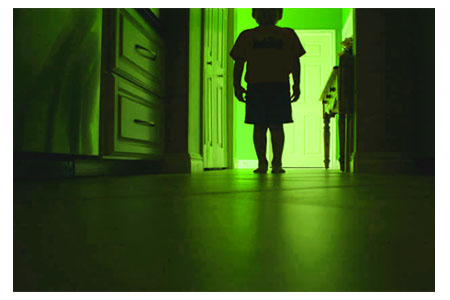According to the UT Southern Medical Center researchers, have found that children in U.S find various discrepancies in health care in the houses where English is not the prime language.
The study is present in June’s online issue of Pediatrics, Dr. Glenn Flores, professor of pediatrics at UT Southwestern and is also the lead author who took the details from the National Survey of Children’s Health to detect whether disparities are present for Non-English primary (NEPL) children in medical and dental health than houses where English is the spoken language.
“Although 55 million Americans speak a language other than English at home, there has been little research on health disparities and NEPL children,” said Dr. Flores, who holds the Judith and Charles Ginsburg Chair in Pediatrics at UT Southwestern. “To my knowledge this is the first analysis to examine the impact of NEPL on medical and dental health, access to care and use of services in a nationally representative sample of U.S. children.”
The study was held by the National Center for Health Statistics, and the survey did a nationwide random sampling of households with children belonging to the age group of 18 and under. From every single house 1 child was chosen as the survey subject with 102, 353 interviews of household caregivers conducted in 2003 and 2004 in both English and Spanish. This survey is one of the largest unlike others which had the data on the primary language spoken at households.
The findings were that in those households where English is not the primary language are poor and Latino or Asian/ Pacific Islander compared to children in English-speaking houses. The NEPL children are also found to be overweight and hold satisfactory or poor dental conditions and most of the time are uninsured or once in a time insured. And the children have never consulted doctors in the past and faced hurdles in getting specialty care.
“These children are more likely to live in low-income households,” said Dr. Flores, who also serves as director of the division of general pediatrics at Children’s Medical Center Dallas. “Clinicians providing care for them should make sure caregivers are aware of programs documented to benefit poor children. Providing all children with health and dental insurance could significantly reduce barriers to health and dental care for NEPL children.”
Non-financial connecting hurdles found to impede NEPL children’s access to health care. The survey portrayed, caregivers in NEPL households were most likely dissatisfied with physicians and health care providers who didn’t spend sufficient time with a child or elucidate things in a simpler manner.
To discover, monitor and eradicate health care disparities, Dr, Flores suggested health care institutions and systems should daily gather data on the primary language spoken at home for all patients. He said that better accessibility to medical interpreters and cultural competency training is required and further family-oriented health care system would aid to remove the hurdles to care.
Prior, in one of the studies Dr. Flores had examined hospitals in New Jersey to check the current language facilities and services to know the policy recommendation on meeting the requirement of patients with limited English expertise.
“In Texas alone, 7.3 million families speak languages other than English at home,” Dr. Flores said. “It’s imperative that our health care system recognizes on a nationwide scale how language is affecting health care for NEPL children.”
Dr. Flores saw that most New Jersey hospitals didn’t have full-time interpreters, multilingual signage or translation services and facilities. Considerably most of the hospitals’ authorities were found to have third-party reimbursements for interpreter services benefiting their hospitals.

